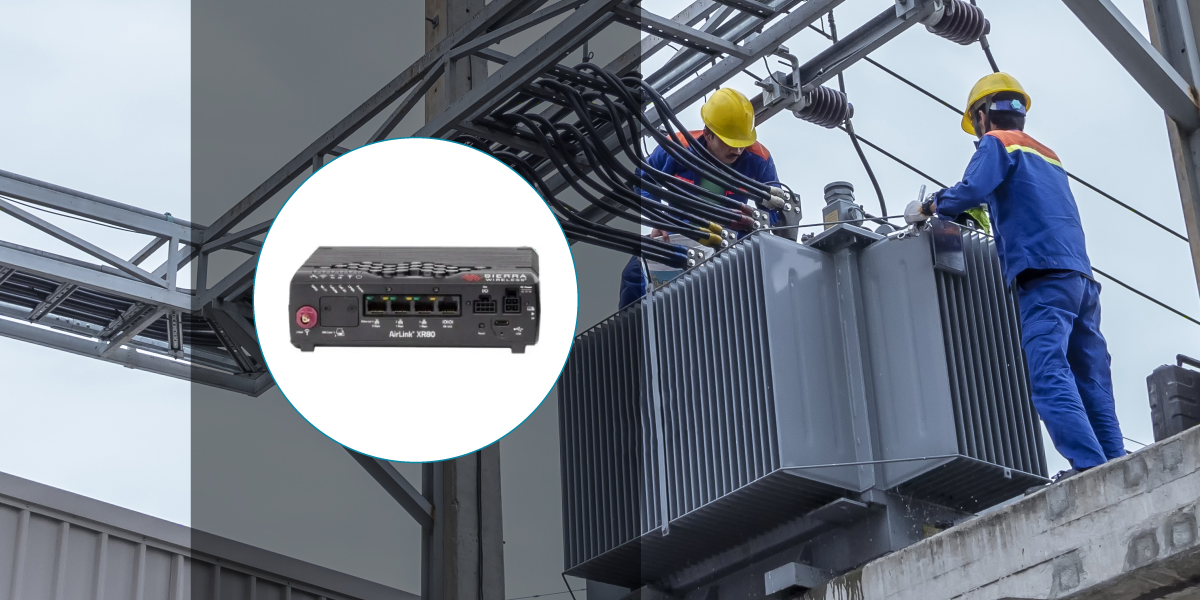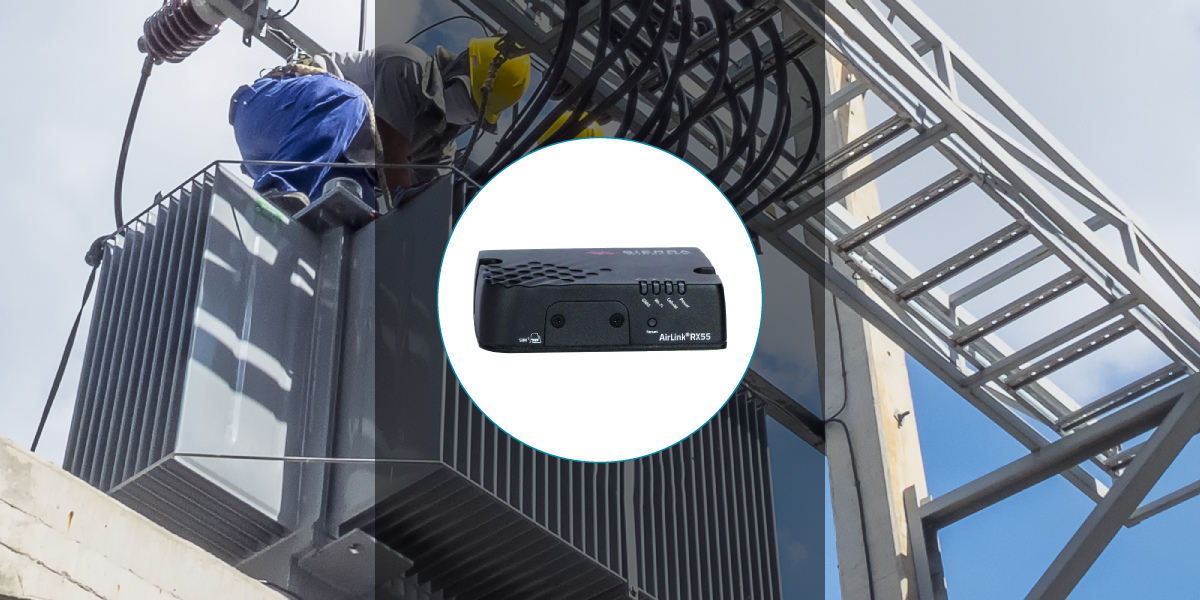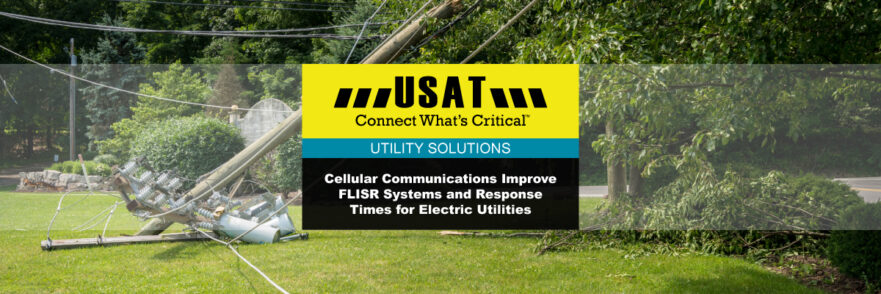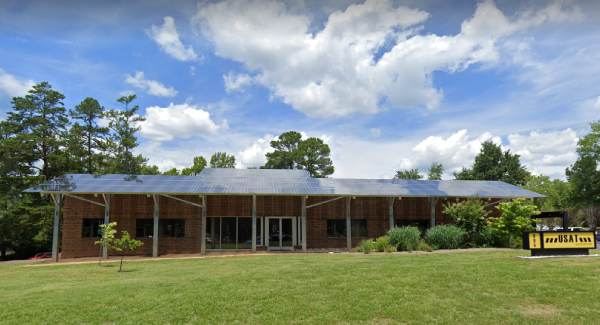Cellular Networking Devices Improve FLISR Systems
Fault Location, Isolation, and Service Restoration (FLISR) systems are a crucial component of the operation of electric utilities, designed to detect, isolate, and restore power after a fault or outage occurs. These systems utilize advanced monitoring and control technologies to quickly identify the location of the fault, isolate the affected section of the power grid, and restore service to the unaffected areas. FLISR systems help minimize downtime, improve grid reliability, and enhance the overall efficiency of electric utility operations.
One technology that has significantly enhanced FLISR is cellular communications. Cellular networks offer several benefits in FLISR applications, which have made them increasingly popular among utilities.

Benefits of Utilizing Cellular Communications in FLISR Applications
Real-Time Monitoring
Remote Control
Increased Network Visibility
Improved Accuracy
Increased Reliability

Challenges of Utilizing Cellular Communications in FLISR Applications
Coverage
Bandwidth
Security
Interference
Power Consumption
Cost

Fast and Reliable LTE Connectivity for FLISR Applications
Despite these challenges, cellular communications have numerous benefits in FLISR applications. They provide fast and reliable connectivity, enabling electric utilities to respond quickly to faults and restore service to customers.
Moreover, cellular networks are ubiquitous, making them an excellent choice for electric utilities with large service areas. With advanced security measures and optimized data transmission, cellular communications can enhance the effectiveness and efficiency of FLISR applications, ultimately leading to improved customer satisfaction and increased operational efficiency.
They enable real-time monitoring, remote control, increased network visibility, improved accuracy, and increased reliability, all of which are crucial for minimizing outage times and reducing overall costs. As cellular networks continue to improve with the advent of low, mid, and mmW 5G, they are likely to become an even more essential component of FLISR systems in the future.
About USAT
USAT specializes in designing and deploying fixed and mobile wireless data connectivity solutions for utilities of all kinds (electric, gas, oil, water, and wastewater) — complete with implementation, training, proof of concept (POC), system auditing, and on-site RF surveying services with optional engineering maintenance contracts.
For over 25 years, USAT has provided cellular networking solutions to local, regional, and national utilities across the USA. With our extensive catalog of world-class routers, gateways, and software designed for remote monitoring and management in even the harshest environments — you can count on us to get and keep you connected.
Reliable connectivity translates to less manual equipment maintenance, reduced downtime, enhanced communications capabilities, and the ability to help you minimize operational costs. Contact the experts at USAT to learn how our wireless networking solutions can help meet your organization's exacting needs.
Share this Post














